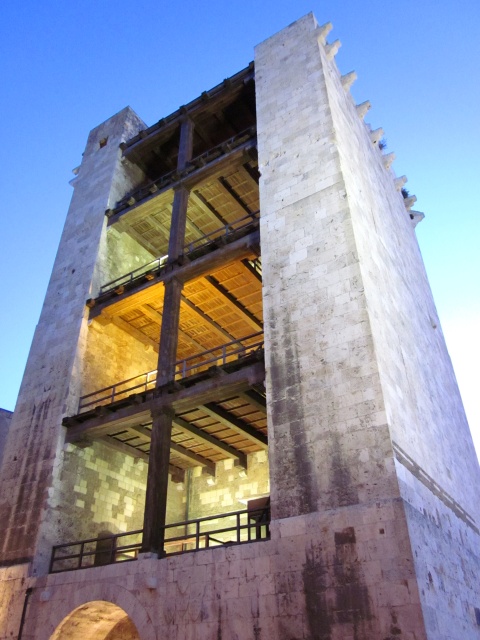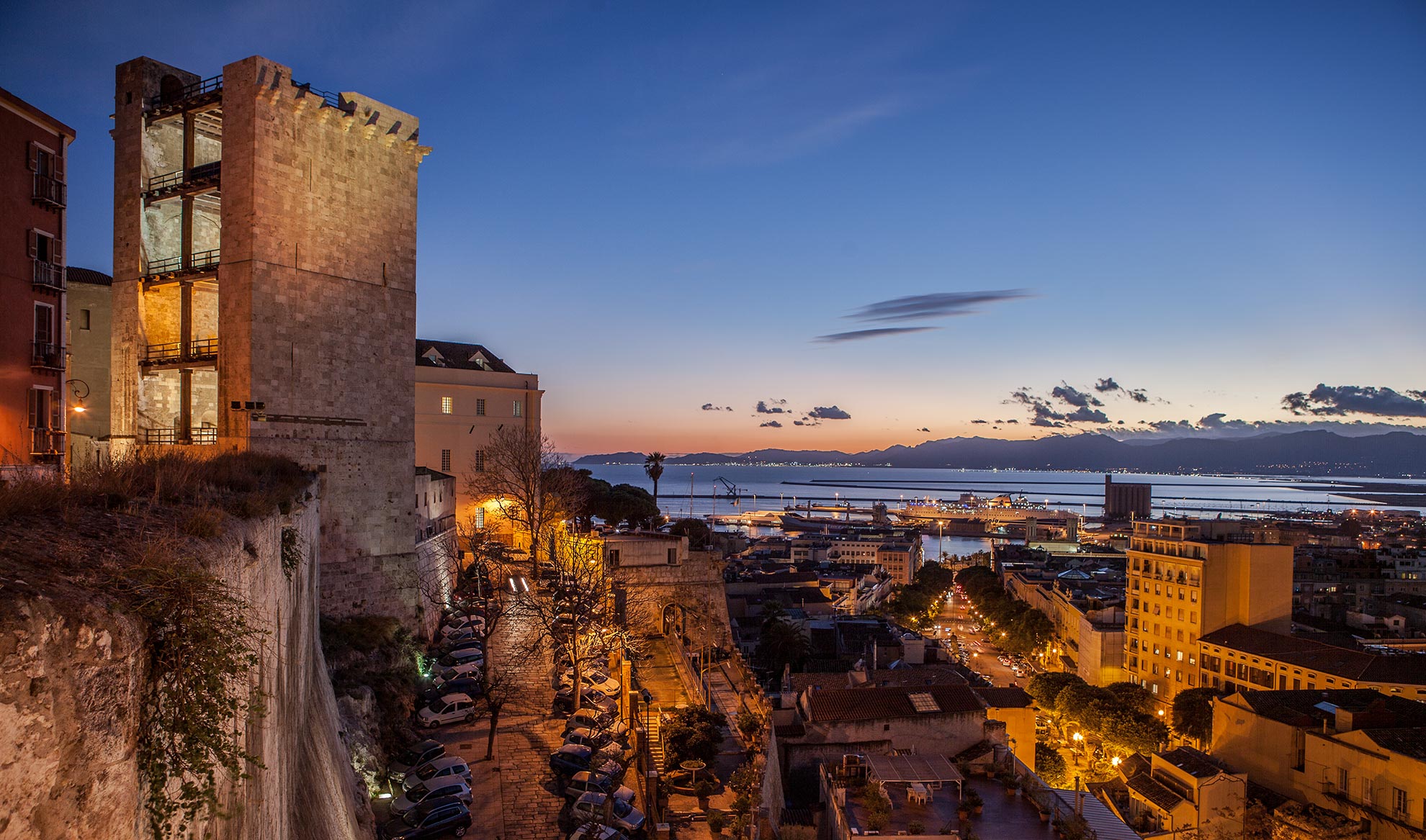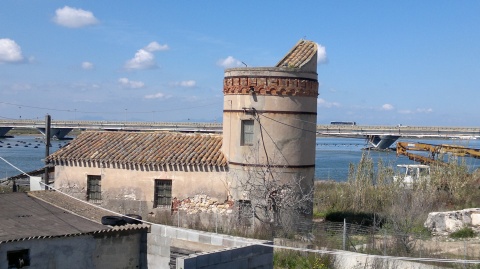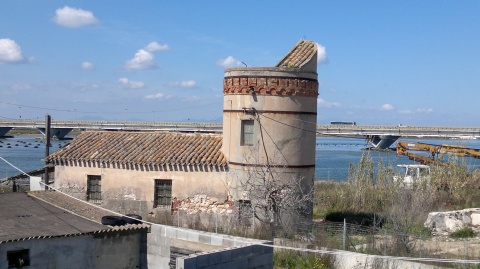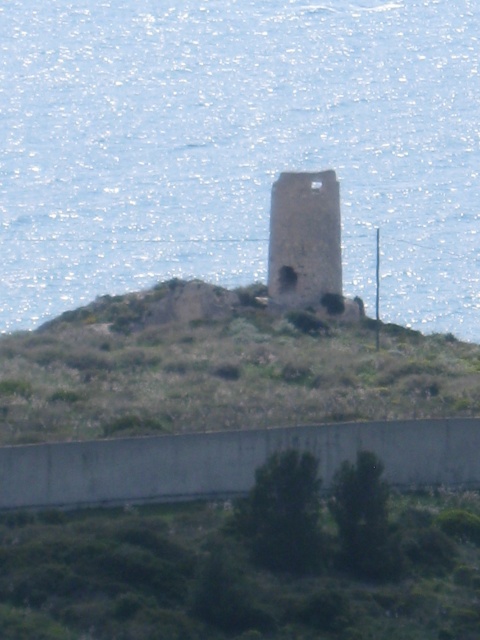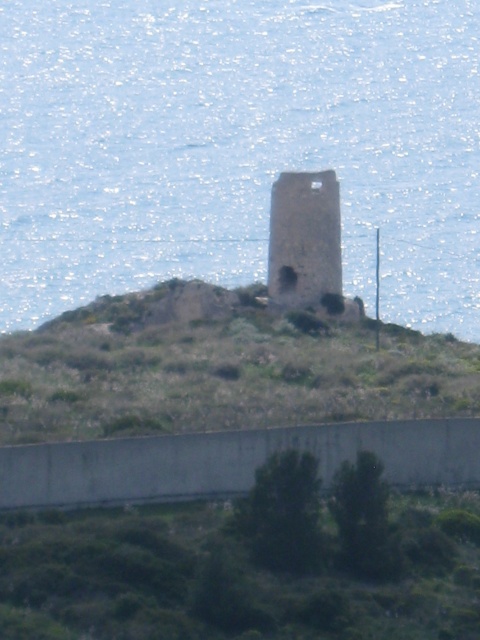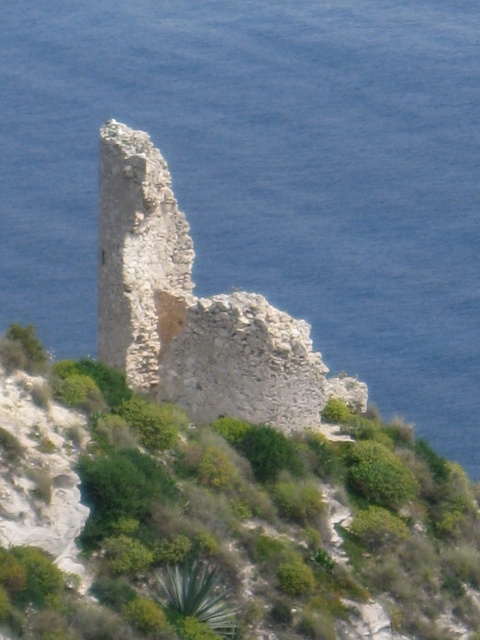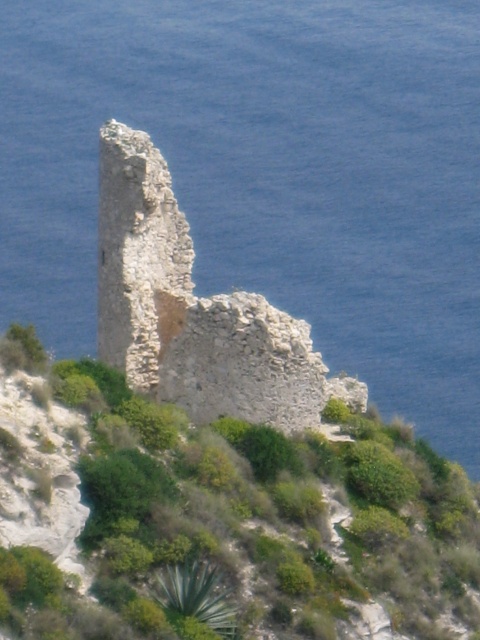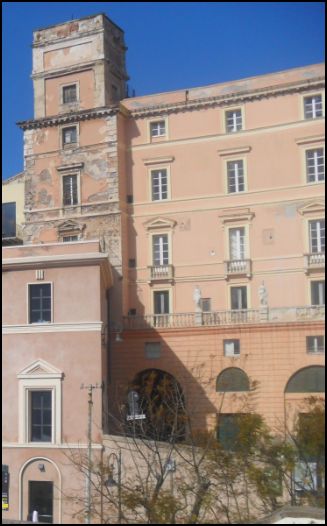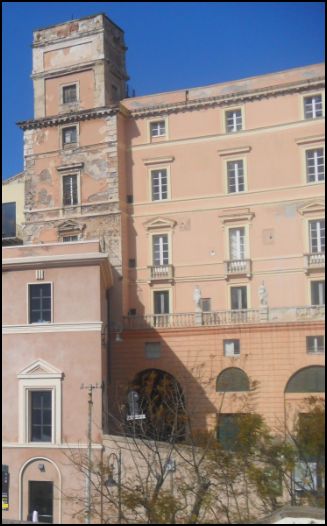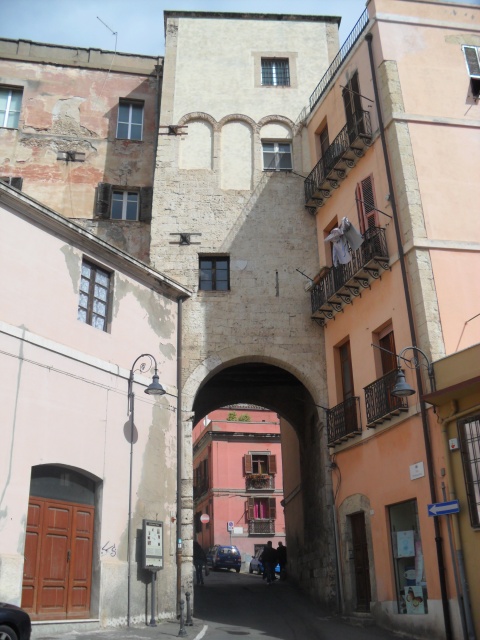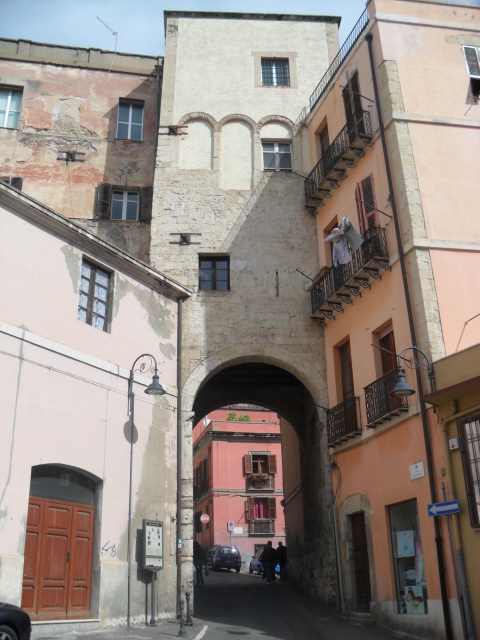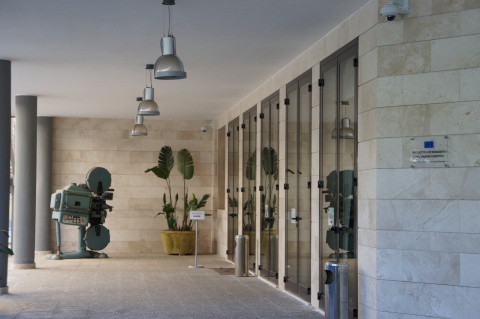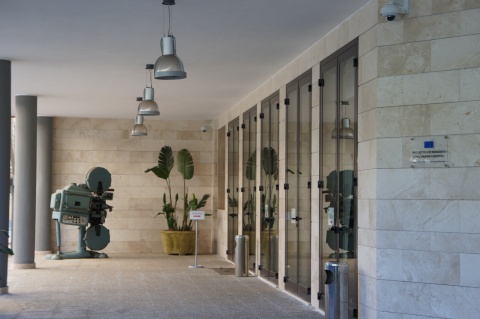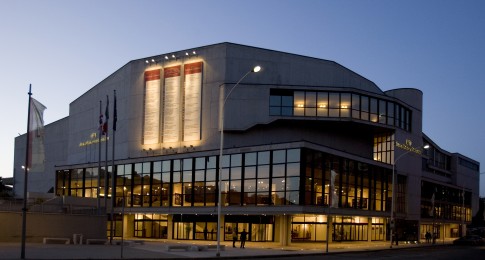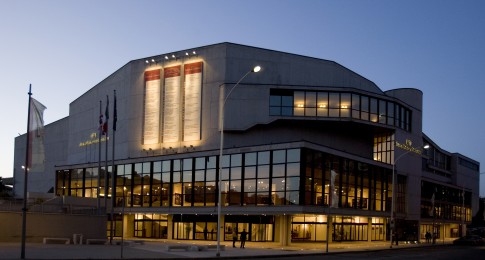Cagliari Opera House was inaugurated in 1993, after a very long construction procedure. The tender notice for the construction of a building aimed to replace the old Civic Theatre, almost completely destroyed by the bombings of World War II, dates back to 1964.
In 1967, the approval of the project designed by the architects Ginoulhiac e Galmozzi from Bergamo, started the construction of the modern building 5,000 square metres wide: foyer, 1650 seats between the stalls and the two galleries, an ample stage and orchestra pit. In the following years, rehearsal rooms, workshops, warehouses and offices were added, finishing the works with the renewal of the foyer and the opening of a bookshop, a cafe and a restaurant.
Cagliari Teatro Lirico, seat of the Foundation of the same name, features concert, opera and ballet seasons all year long. On its stage, together with the Teatro Lirico Orchestra and Chorus, protagonists of many prestigious productions, there have been excellent artists, who have contributed to a substantial revival of musical activities in town. Among others, the orchestra conductors Riccardo Muti, Georges Pretre, Mstislav Rostropovich, Zubin Mehta, Iván Fischer, Carlo Maria Giulini, Vladimir Ashkenazy, Pierre Boulez, Giuseppe Sinopoli, Lorin Maazel, Gennadi Rozhdestvensky, Rafael Frühbeck de Burgos, Neville Marriner, Carlos Kleiber, Valery Gergiev, Trevor Pinnock, Christopher Hogwood; the directors Dario Fo, Beni Montresor, Luca Ronconi, Hennings Brockhaus, Pier Luigi Pizzi, Graham Vick, Denis Krief, Deflo Gilbert, Stephen Medcalf, Giancarlo Cobelli; the soloists Maurice Bourgue, Kashkashian, Murray Perahia, Mikhail Pletnev, Viktoria Mullova, Truls Mørk, Sabine Meyer, Vadim Repin, Yuri Bashmet, Salvatore Accardo, Bruno Canino, Uto Ughi, Trevor Pinnock, Maxim Vengerov, Katia and Marielle Labèque, Julian Rachlin, Fazil Say, Maurizio Pollini; the music complexes of La Scala Philharmonic, London Philharmonic Orchestra, Chamber Orchestra of Europe, Sächsische Staatskapelle Dresden, the Philharmonia Orchestra, the Israel Philharmonic Orchestra, Royal Philharmonic Orchestra, Choir, and symphony des Bayerischen Rundfunk Orchestra, St. Petersburg Philharmonic, Budapest Festival Orchestra, New York Philharmonic
In recent years, the Opera House has also homaged many italian contemporary composers, such as Aldo Clementi, Sylvano Bussotti, Azio Corghi, Marco Tutino, who were commissioned new compositions. Particularly important are the new lyrical productions and the premieres never performed in Italy: Sebastian (from The martyre de Saint-Sébastien by Claude Debussy), Dalibor by Bedrich Smetana, Die Feen by Richard Wagner, Cherevichki Oprichnik by Pyotr Ilyich Tchaikovsky, Die ägyptische Helena and Capriccio by Richard Strauss, Euryanthe by Carl Maria von Weber, A Village Romeo and Juliet by Frederich Delius, Alfonso und Estrella by Franz Schubert, Hans Heiling by Heinrich Marschner, Oedipe by George Enescu, Chérubin by Jules Massenet, Die Vögel by Walter Braunfels, Semyon Kotko by Sergei Prokofiev.
For the quality and innovative nature of its programming, Cagliari Opera House received the 2001 Franco Abbiati prize (section "Initiatives"). Italian music critics have also given a prestigious recognition to Denis Krief and Marcelo Alvarez for Lucia di Lammermoor and to Stephen Medcalf for Carmen, both produced by Cagliari Teatro Lirico in 2000 and in 2005.
- Photo by Priamo Tolu
